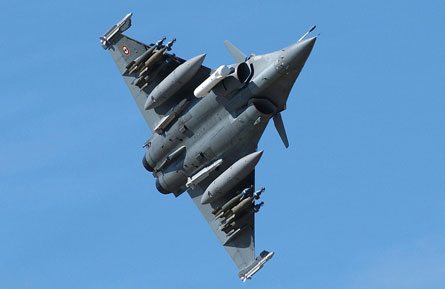The debate in Washington regarding the pros and cons of the putative agreement between the P5 and Iran on limits to its nuclear programs is focused either on theological questions, such as is a bad agreement better than none at all, or technical details like the relationship between the number of centrifuges Iran is allowed to keep and the speed with which it could break out of an agreements’ constraints. Adding spice to this debate is the reality that, having dominated every level of state and national politics over the last six years and poised to retake the White House in 2017, Republicans are superbly positioned to render even the best agreement moot.
Discussions to date leave out two essential factors that will shape the security and stability of the Arabian Gulf and possibly the entire Middle East, far more than if or when Teheran is able to acquire a nuclear weapon. The first factor is the religious-political-ethnic conflict between Shia and Sunni Islam that threatens to overwhelm the region. This is being expressed in many forms, but, from a national security perspective, most concretely by Iran’s campaign to dominate the area between the Arabian Gulf and the Mediterranean directly or through local proxies and the efforts by Sunni states to hold Teheran and its allies at bay.
The second factor is the multifaceted arms race that has been underway in the region for more than thirty years which appears to be on the increase. The United States was the source for much of this as it struggled to defeat local insurgents with an array of new weapons, platforms, networks and technology-enabled tactics and operational concepts. Mine-Resistant Ambush Protected vehicles, improvised explosive device jammers, tactical robots, unmanned aerial systems, sensor towers and aerostats all became standard features of the battlefields of Southwest Asia.
But U.S. demonstrations of its advanced military capabilities can be said, at best, to have whetted the appetites of some very hungry diners. Coming out of its disastrous war with Iraq, Iran focused largely on acquiring the kind of asymmetric conventional capabilities necessary to deter attack, provide its military a chance at controlling the Arabian Gulf and enable support of proxy forces directed against Israel, Saudi Arabia and Egypt.
Iran has built an impressive arsenal of missile attack boats, mine warfare ships, diesel submarines and shore based anti-shipping weapons. It has the region’s largest arsenal of conventionally-armed ballistic missiles. It also has provided its terrorist allies, Hezbollah and Hamas, with tens of thousands of rockets and short-range ballistic missiles.
The other states of the region — Turkey, Egypt, Saudi Arabia and Israel — including several of the small but immensely wealthy Gulf States, have been making major investments in new air ground, naval units and missile defense forces. Saudi Arabia has acquired U.S. F15s, and European Typhoon fighters, Apache helicopters and lots of heavy air-to-ground ordinance. It is looking to modernize its Eastern Fleet, the one in the Gulf, possibly acquiring a number of U.S. designed and built Littoral Combat Ships.
Oman and the United Arab Emirates have acquired a significant number of F-16s and Typhoons. Turkey and Israel are on the list to acquire the Joint Strike Fighter. The Israeli Defense Forces also have been investing heavily in a layered missile defense system consisting of the Iron Dome, Patriot, David Sling and Arrow interceptors. Egypt is begging for more U.S. military aid and just signed a deal with France for Rafale fighters.
Any agreement to constrain Iran’s nuclear program is likely to accelerate the conventional arms race in the region as well as potentially add a nuclear dimension. The history of arms control agreements is replete with examples of how they served not to end military competitions or arms races, but simply to channel them into new and ever-more exciting directions. Long-term or permanent limitations on Iran’s nuclear program, even with strict verification, could push the regime in Teheran to find clever ways of cheating.
Look at the Soviet Union and the biological Warfare Convention and Iraq’s adherence to the Non-Proliferation of Nuclear Weapons Treaty. The situation could be even worse for a time limited agreement with only partial safeguards and constrained verification. Countries in the region would see the need to behave like the Great Powers of Europe did in the run up to the First World War, each working to mobilize faster than the other for the anticipated breakout.
Oh yes, did I forget to mention that the other non-nuclear states in the region would rapidly seek to change their status pages on Facebook to “nuclear capable?”










